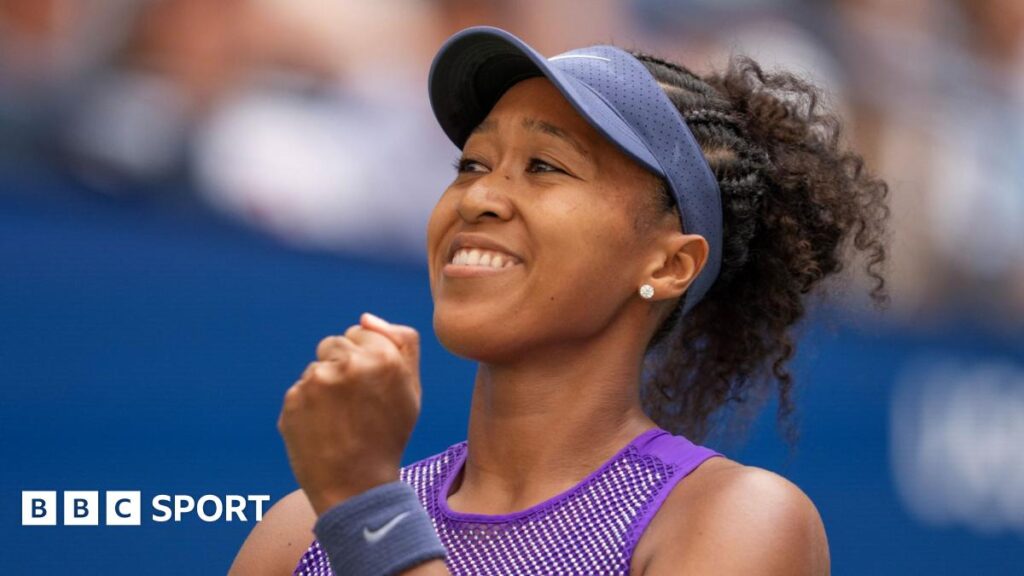“Against Samsonova, I didn’t give up until the very last point. I think from that moment on I just tried to be the biggest fighter that I can be,” Osaka said.
“I felt really good when I played Svitolina. I think the match made things clear that I can rally a lot with everybody.”
While Osaka lost to Canadian teenager Victoria Mboko in the final, then drew criticism for seemingly being ungracious in defeat, she has carried the momentum into the US Open.
“What I want to take away from this tournament is just smiling and having fun,” said Osaka.
“I know in my first round I was too nervous to smile and in my second-round match I was just really not smiley at all.
“Going into the [Gauff] match, I just wanted to be grateful. I have the most fun when I play against the best players.”
Osaka has benefitted from a largely more restrained approach, wisely picking her moments to use her baseline power effectively, while trying to draw mistakes from her opponents.
The statistics show how her all-round game – claiming 79% of her service games, 56% of return games and 19% of her shots resulting in winners – is among the tournament leaders.
“Osaka is a very rhythmical player – not much creativity, but beautiful timing and effortless power,” said Croft.
“She has a big serve which opens up the court as well. So far she has looked dangerous for anyone to take on.”
Discover more from 6up.net
Subscribe to get the latest posts sent to your email.


